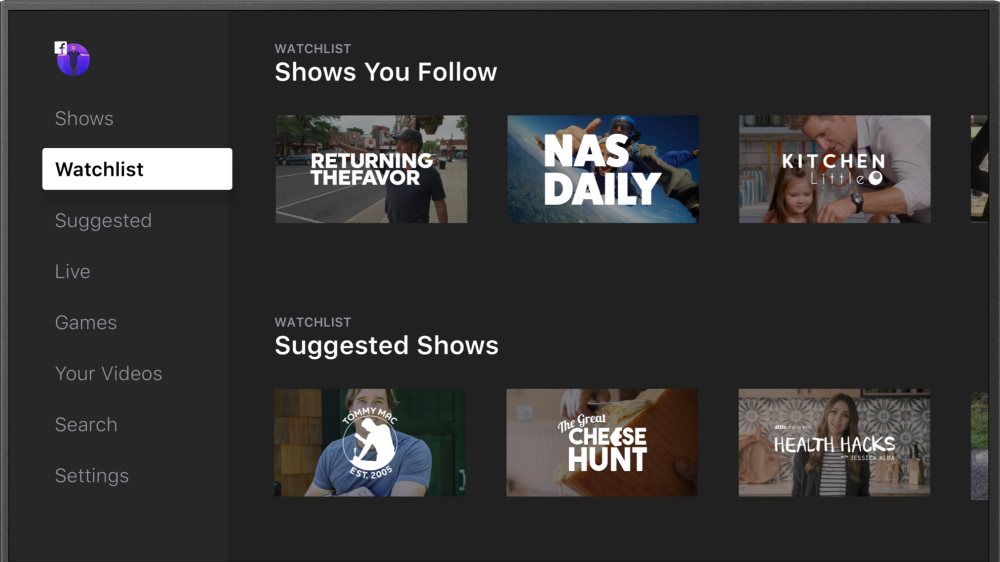A few days ago in the Monday Morning Kickoff, I cautioned that over the coming days we would see a profound increase in data in the form of economic data and earnings. We are seeing just that as we head into the eye of the earnings storm today and tomorrow. For the Tematica Investing Select List that means results will be had from Connected Society company Facebook after today’s market close, followed tomorrow by Disruptive Technologies company Universal Display (OLED) and the latest addition – Apple (AAPL). Yes, after patiently keeping our eyes on Apple for some time, we finally added the shares back to the Select List given what we see as a robust 2018 for the company. If you missed our deep thoughts on that addition you can find it here, and below we’ve previewed what’s expected from these three companies.
We all know there are a number of factors that influence the market, and two of them – the Fed and prospects for tax reform – will be in full coverage today and tomorrow. This afternoon the Fed will break from its November FOMC policy meeting, and while next to no one expects the Fed to boost interest rates coming out of it, the focus will be the language used in the post-meeting statement. Last week’s stronger than expected 3Q 2017 GDP print of 3.0% — you can read Tematica’s take on that here – and Fed Chairwoman Janet Yellen’s likely status as a lame duck keep the prospects of a rate hike in December fairly high in our view.
Tomorrow, the highly anticipated tax reform bill is slated to be revealed, a day later than expected “because of continued negotiations over key provisions in the bill.” It’s being reported that issues still being negotiated include retirement savings and the state and local tax deduction — two key provisions that involve raising revenue to pay for the plan. As the bill’s details are released, we suspect many will be interested in proposed tax bracket changes and the potential economic impact to be had as well as near-term implications for the national debt. We will have more comments and thoughts on the proposed bill later this week as it, along with the tone of earnings to come, will influence the market’s move in the coming days.
A quick reminder on Amazon and Nokia plus boosting our Alphabet price target
Before we preview what’s to come later today and tomorrow, I wanted to remind you that last week, on the heels of Amazon destroying 3Q 2107 expectations, we boosted our price target for AMZN shares to $1,250 from $1,150, keeping our Buy rating intact. As expected, other investment banks and analysts did indeed up their rating and price targets as we move deeper into what is poised to be one of the busiest quarters in Amazon’s history. The wide consensus is that once again digital shopping will take consumer wallet share this holiday season. As Amazon benefits from that e-commerce tailwind following robust Prime membership growth in 3Q 2017, the company is also poised to see its high margin Amazon Web Services business continue to benefit from ongoing cloud adoption. In our view, this combination makes Amazon a force to be reckoned with this holiday season, especially since it remains the online price leader according to a new report from Profitero.
- As we have said for some time, as consumers and business continue to migrate increasingly to online and mobile platforms Amazon shares are ones to own, not trade.
- Our price target on Amazon is $1,250.
We also used the sharp sell-off in Nokia (NOK) shares to scale into that position as its high margin licensing business continues to perform as its addressable device market continues to expand. That addition helped improve our NOK cost basis considerably as we patiently wait for the commercial deployment of 5G networks that should goose its network infrastructure business. Hand in hand with those deployments, we should see even further expansion of Nokia’s licensing market expand as the connected car, connected home and Internet of Things markets take hold.
- We continue to rate Nokia (NOK) shares Buy with an $8.50 price target.
Also last week, Alphabet (GOOGL) soared following the company’s 3Q 2017 results that crushed expectations and confirmed the company’s position in mobile. More specifically, the company delivered EPS of $9.57, $1.17 per share better than expected, as revenue climbed nearly 24%, year over year, to $27.77 billion, edging out the expected $27.17 billion.
Across the board, the company’s metrics for the quarter delivered positive year-over-year comparisons and in response, we are upping our price target to $1,150 from $1,050. Given its positions in search, both desktop and mobile, the accelerating shift in advertising dollars to digital platforms, and YouTube’s move into both streaming TV and proprietary programming, we continue to rate GOOGL shares a Buy.
- We are upping our price target on Alphabet (GOOGL) shares to $1,150 from $1,050.
After today’s market close, Facebook will report its 3Q 2017 results
Following positive reports from Amazon, Alphabet and even Twitter (TWTR) that confirmed the accelerating shift to digital platforms for advertising and consumer spending, Facebook shares rallied in tandem over the last few days. This brings the year-to-date rise in the shares to more than 55% fueled in part by several investment banks upping their price targets and ratings for the shares. For now, our price target on FB shares remains $200.
Despite the better-than-expected results from those companies mentioned above, we have not seen any upward move in consensus expectations for Facebook’s 3Q 2017 results that will be reported after today’s market close. As I share this with you, those expectations for 3Q 2017 sit at EPS of $1.28 on revenue of $9.84 billion while those for the current quarter are $1.70 in earnings and $12 billion in revenue. On the earnings call, we’ll be looking not only for updated quarterly metrics but also updates on its monetization efforts and how its video streaming offering, Watch, is developing. We see Watch as a salvo against TV advertising given its 2 billion-and-growing user footprint across the globe. We also hope to hear more about Facebook’s virtual reality initiatives and its plan to expand the recently launched online food-ordering capability.
- As Facebook continues to garner advertising dollars and flexes its platforms to gather more revenue and profit dollars, we are once again assessing potential upside to our $200 price target for this Connected Society company
Thursday brings Apple and Universal Display earnings
After tomorrow’s market close we receive earning from Disruptive Technology company Universal Display (OLED) and Connected Society company Apple (AAPL). There have been a number of positive data points to be had for our Universal Display shares over the last several weeks and they have propelled the shares higher by 13% over the last month. That latest move has brought the return on the OLED position that we have had on the Tematica Investing Select List since October 2016 to more than 175%. Patience, it seems, does pay off as does collecting and assessing our thematic signals.
In terms of 3Q 2017, consensus expectations call for the company to deliver EPS of $0.12 on revenue of $47.1 million. We’d remind subscribers the company has a track record of beating expectations and a favorable report this week from LG Display points to that as once again being likely tomorrow.
As noted by LG Display, “Shipments of big OLED TV panels have increased, as 13 manufacturers adopted our products…We plan to focus on investing in OLED products as part of our long-term preparation for the future” away from LCD displays. LG Display also shared it is planning to spend 20 trillion won to expand OLED production through 2020.
We see this rising capacity as bullish for our Universal shares as well as our Applied Materials (AMAT) shares given its display equipment business, but also as a signal that OLED display demand is poised to expand into other markets, including automotive.
- Our price target on Universal Display shares remains $175.
- Our price target on shares of Applied Materials (AMAT) remains $65.
With regard to Apple’s 3Q 2017 earnings, expectations have this Connected Society company reporting EPS of $1.87 on revenue of $50.8 billion. As we mentioned when we added the position, given the timing of both new iPhone model launches we are likely to see 3Q 2017 results get a pass as investors focus on the outlook for the current quarter. As I shared on Monday, our strategy will be to use any pullback in AAPL shares near the $140-$145 level to improve our cost basis for what looks to be a favorable iPhone cycle in 2018.
- Our price target on Apple (AAPL) remains $200.









